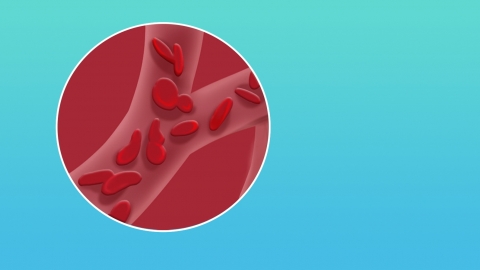What are the dangers of low hematocrit?
Hematocrit levels that are lower than normal generally result in reduced oxygen transport capacity, decreased physical endurance, impaired organ function, weakened blood clotting ability, and hindered growth and development. If abnormalities are detected, timely medical consultation is recommended. Detailed explanations are as follows:

1. Reduced oxygen transport capacity: Low hematocrit indicates insufficient quantity or volume of red blood cells, resulting in decreased total oxygen-carrying capacity of the blood. This fails to meet the oxygen demands of body tissues and may lead to systemic hypoxia.
2. Decreased physical endurance: Due to inadequate oxygen supply, fatigue, shortness of breath, and weakness commonly occur during physical exertion. Exercise tolerance is significantly reduced, and even minor activities may cause exhaustion.
3. Impaired organ function: Vital organs such as the heart and brain may suffer functional damage due to prolonged hypoxia. Symptoms such as palpitations, dizziness, and difficulty concentrating may appear. Severe cases can affect normal organ metabolism.
4. Weakened clotting function: Low hematocrit is often accompanied by abnormalities in other blood components such as platelets, which may lead to impaired clotting function. This can result in slower wound healing and a tendency for prolonged bleeding after injury.
5. Impeded growth and development: In children and adolescents during growth and developmental stages, low hematocrit can interfere with the absorption and utilization of nutrients, hindering the growth of tissues such as bones and muscles, leading to delayed development.
Once low hematocrit is detected, the underlying cause should be promptly investigated, such as anemia or malnutrition. Daily dietary intake should include foods rich in iron, vitamin B12, and folic acid, such as lean meat, animal liver, and leafy green vegetables, to ensure balanced nutrition.





